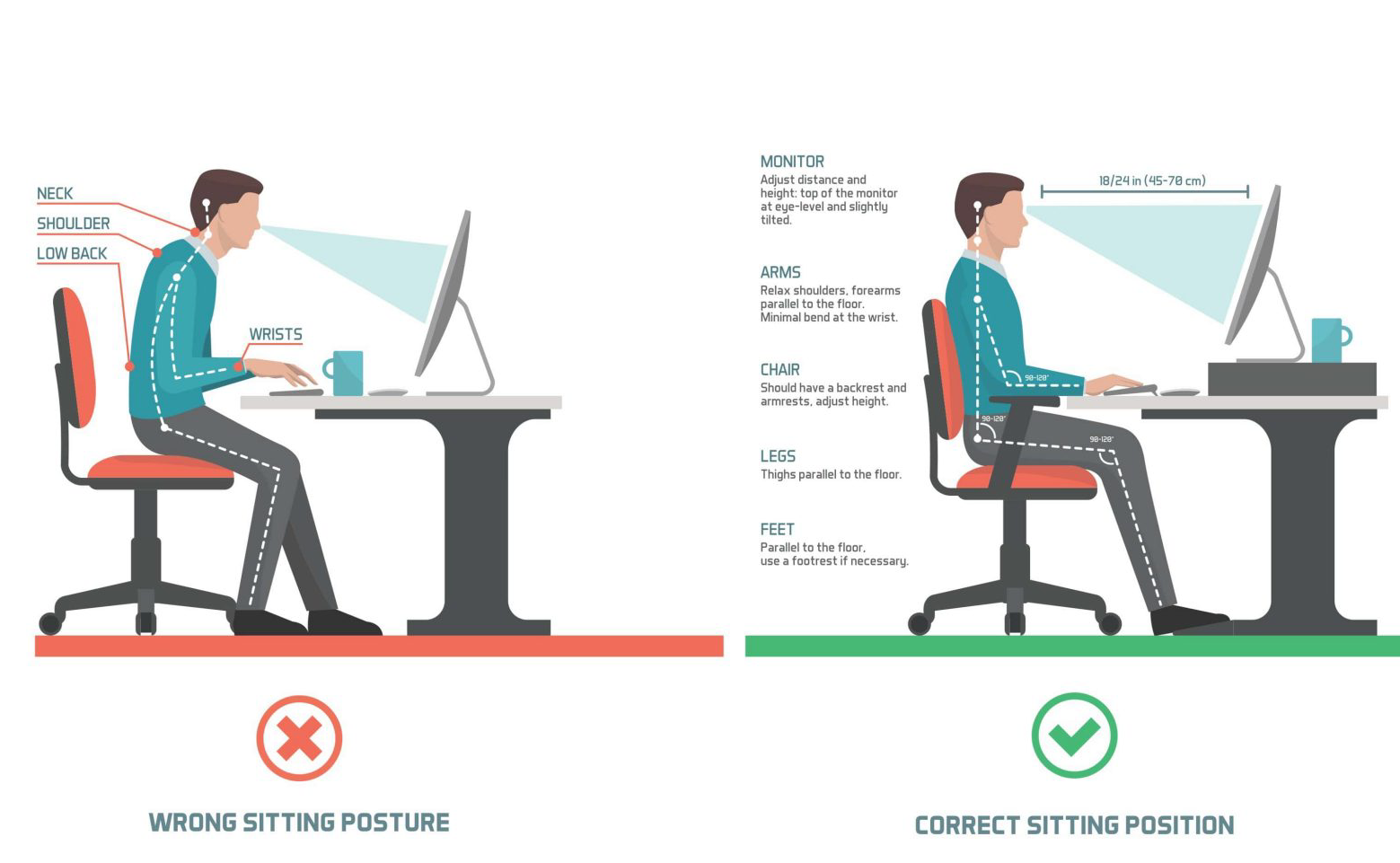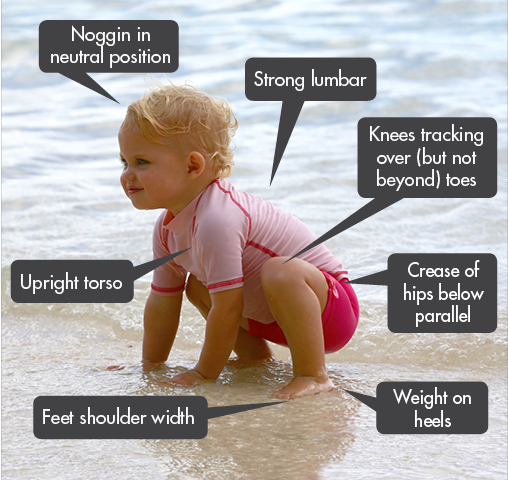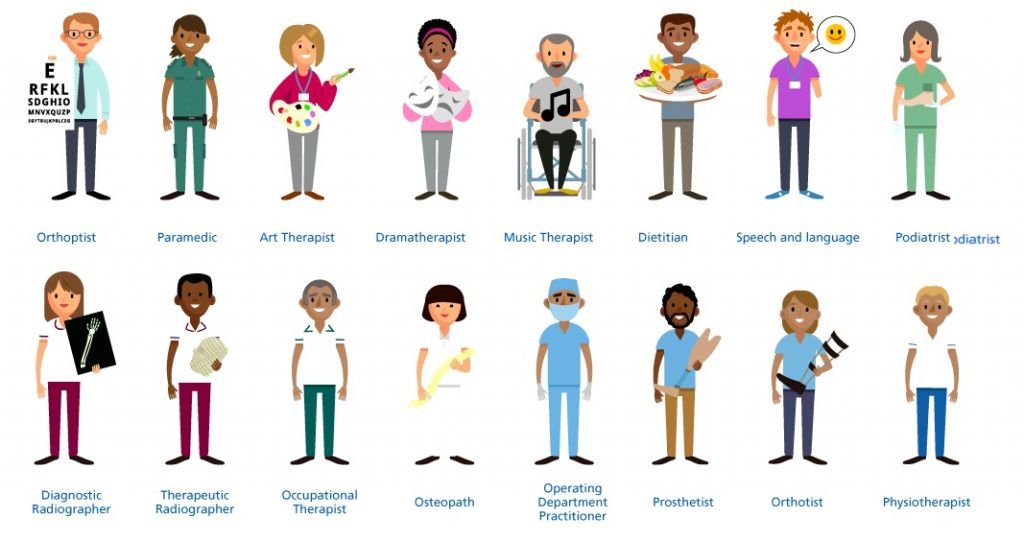Firstly let's go back to when we were teeny; Ok, so babies and toddlers aren't sat at a desk all day long but it seems we can learn a lot from these little people; they spend the first 5-6 months of their lives building strength within their muscles and bones to eventually be able to sit, unassisted and with a wonderfully straight back. When they go from sitting to standing and back again, they instinctively master the art of a good strong squat, using their knees to keep their backs as straight as an arrow and dispersing their weight correctly. It's not until you start introducing activities such as iPads, tablets and phones later down the line, do you then see the beginnings of a weakened posture...
Let's talk: Desk work posture.
Are you sitting comfortably?
It's been a few years now since many of us swapped to "working from home"; lots of us at the time probably thought what a blessing it was not to have to move too far from our own home comforts; no queue for the coffee machine, no more small talk in the staff room with colleagues and if you didn't have any zoom meetings scheduled, bonus, you could stay in your PJs all day long and your boss would be non the wiser! The trouble is, not everyone has the same office set up they do at home, as they once did at work; so over time that's meant no appropriate chair/desk/foot rest and minimal need to be up and moving around the room/going into meetings/frequenting the printer/or just actually physically having to commute to and from work etc etc. It's meant that thousands of us are now suffering the consequences of tip tapping away on a laptop, 8 hours a day, 5 days a week without the appropriate support. Our shoulders have slumped and hunched forward, our necks are stiff and our lower backs ache. What's the bet as you're reading this now, you're starting to adjust how you're sitting?
So what's causing all this?
How can we change the situation?
How can you correct a posture you've subconsciously yet unwillingly adopted?
There lies your cause (and part of your answer)!
Tech is a wonderful creation (I mean you're reading all this through the art of tech right now!) but tech is also the enemy, it's caused us to be repeatedly lazy with our posture to the point of where now sitting up straight feels alien and a little uncomfortable. Rolling our shoulders up and forward has weakened numerous stabilizing muscles and like babies, it's absolutely crucial to take the time to strengthen back up those parts affected. Your neck, shoulders, back, core and glutes are the ones to focus on in this scenario and these can be worked on and strengthened with exercises such as pilates, yoga and even a little light weight lifting and squatting. Whether you take a class locally to guide you or you create your own home workout, changing up your routine to factor in some strength training will benefit you massively and over time you'll start to subconsciously sit straighter.
If time is an issue because of work, try setting a timer on your phone (maybe say every 30 mins to an hour or so), to get up and gently stretch out all those muscles that feel stiff and achy. Give your arms and legs a good shake off, releasing any tension and getting that blood flow moving again. Having this regular tension release will prevent your muscles from seizing up and potentially causing an injury in the future. If you can, during your mid morning/afternoon break why not have a walk around your neighborhood; moving your limbs and getting your heart rate up will do wonders for your body and your mood. Even better, if you can get yourself booked in with a massage/physio therapist, they will be able to provide hands on treatment and advice for simple changes you can make at home.
Finally let's take a quick look at the correct way you should be sitting at your desk, the dos and the don'ts...





